A Repeated Refrain
2025
Collaborative exhibition with Cathy Abraham
Locus, SA (Cape Town Art Fair)
2025
Collaborative exhibition with Cathy Abraham
Locus, SA (Cape Town Art Fair)
In A Repeated
Refrain, Morné Visagie’s preoccupations assume a more elegiac tone, turning
towards reflections on loss in its minutiae and magnitude. As a prelude to this
movement, two works – Lost
boys, sleep foreverand In a dear embrace, salt lips touching – stand as sombre monuments, both
aquatinted brass plates inked a deep blue, their impressions left unprinted.
That their titles are taken from Derek Jarman’s filmic poem Blue (1993)
is telling. Visagie, too, is a student of blue, which spills across his oeuvre
in all its shades and subtleties. Water, as
an elemental and metaphoric medium, remains his central subject, and the precision
of printmaking continues to inform his practice.
Four further works continue the vertical composition introduced by the first. Around the restrained simplicity of these rectangular forms, associations gather – of thresholds or doorways, of journeying from one place to another. To Visagie, they hold a memory of diving boards and poolside encounters. Any suggestion of sensuality, however, is tempered by the works’ implicit invocation of mortality. The phrase ‘walking the plank’, the artist suggests, offers a dark antonym to the diving board: condemned to death by drowning, thrown from ships on ocean crossings. That each rectangle measures the artist’s proportions cannot but recall the stone slabs on which the dead are laid or those that press down on graves, an impression most distinctly felt in The Middle Passage with its polished marble in variegated greens, the title of which refers to the transatlantic slave trade. Set against its faceted and saturated tones that bring to mind restless oceanic depths, a series of monochromatic pencil works on paper – ...pass like the traces of a cloud, I & II and (Against my broken ribs your breast like a flower) – are all measured stillness, composed of ruled lines and countless hours.
Three smaller brass-plate works with drypoint engravings – Halcyon days of youth, Across the still seabed, and We lie there – echo these striated pencil lines. Prepared as if to be inked and printed, yet unmarked by pigment, they gesture towards all that has gone unrecorded: the silences that haunt our histories, both individual and collective; archival absences described only in outline; memories that fade out into forgetfulness. Taken together, this communion of works, however varied in image and material, stands as a quiet memorial to the missing.
Four further works continue the vertical composition introduced by the first. Around the restrained simplicity of these rectangular forms, associations gather – of thresholds or doorways, of journeying from one place to another. To Visagie, they hold a memory of diving boards and poolside encounters. Any suggestion of sensuality, however, is tempered by the works’ implicit invocation of mortality. The phrase ‘walking the plank’, the artist suggests, offers a dark antonym to the diving board: condemned to death by drowning, thrown from ships on ocean crossings. That each rectangle measures the artist’s proportions cannot but recall the stone slabs on which the dead are laid or those that press down on graves, an impression most distinctly felt in The Middle Passage with its polished marble in variegated greens, the title of which refers to the transatlantic slave trade. Set against its faceted and saturated tones that bring to mind restless oceanic depths, a series of monochromatic pencil works on paper – ...pass like the traces of a cloud, I & II and (Against my broken ribs your breast like a flower) – are all measured stillness, composed of ruled lines and countless hours.
Three smaller brass-plate works with drypoint engravings – Halcyon days of youth, Across the still seabed, and We lie there – echo these striated pencil lines. Prepared as if to be inked and printed, yet unmarked by pigment, they gesture towards all that has gone unrecorded: the silences that haunt our histories, both individual and collective; archival absences described only in outline; memories that fade out into forgetfulness. Taken together, this communion of works, however varied in image and material, stands as a quiet memorial to the missing.
Written by Lucienne Bestall

(Against my broken ribs your breast like a flower)
2025
Pencil on stretched paper
200 x 60 cm (per panel)
2025
Pencil on stretched paper
200 x 60 cm (per panel)
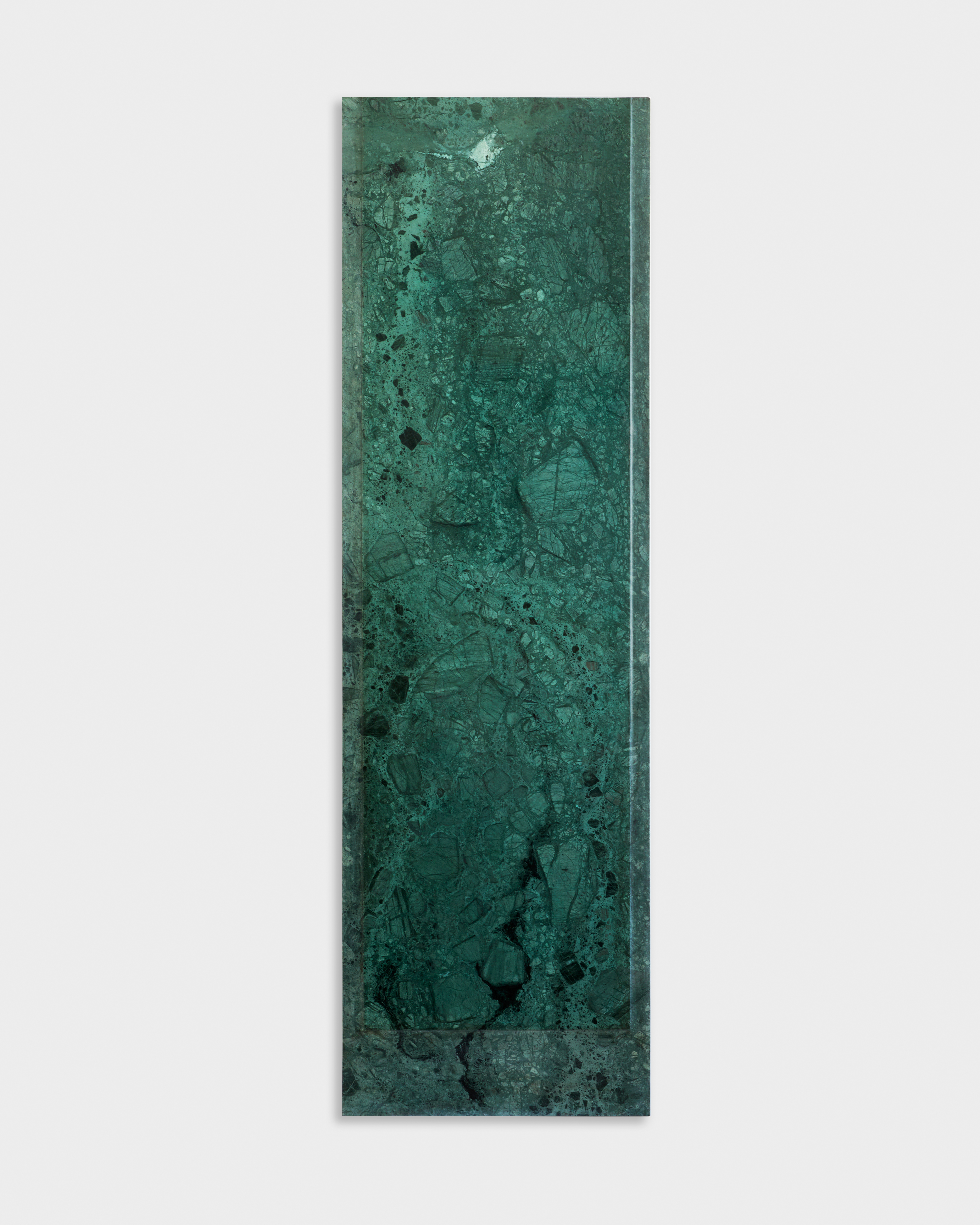
The Middle Passage I
2025
Carved marble
200 x 60 cm
2025
Carved marble
200 x 60 cm

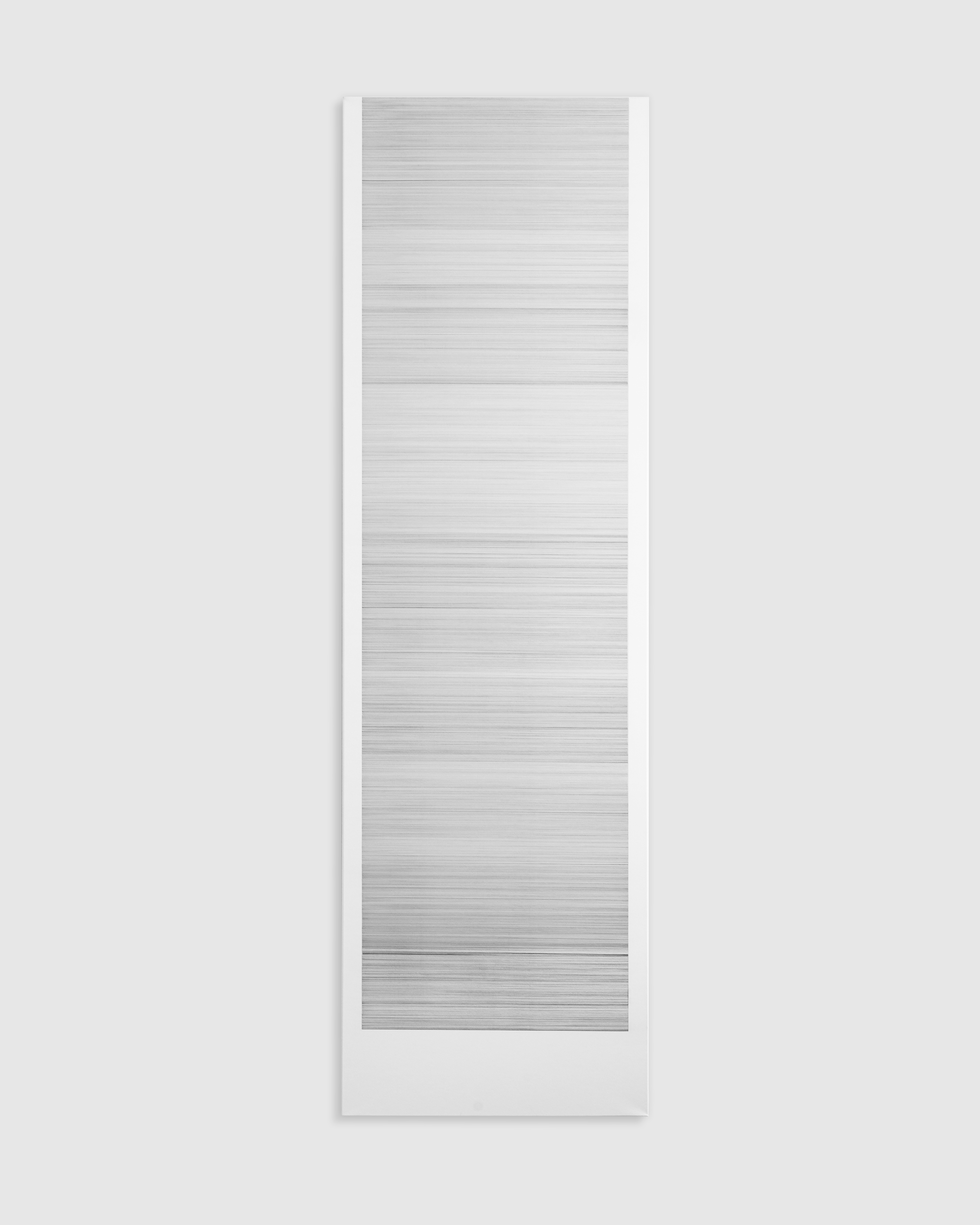
...pass like the traces of a cloud, I
2025
Pencil on stretched paper
200 x 60 cm
2025
Pencil on stretched paper
200 x 60 cm
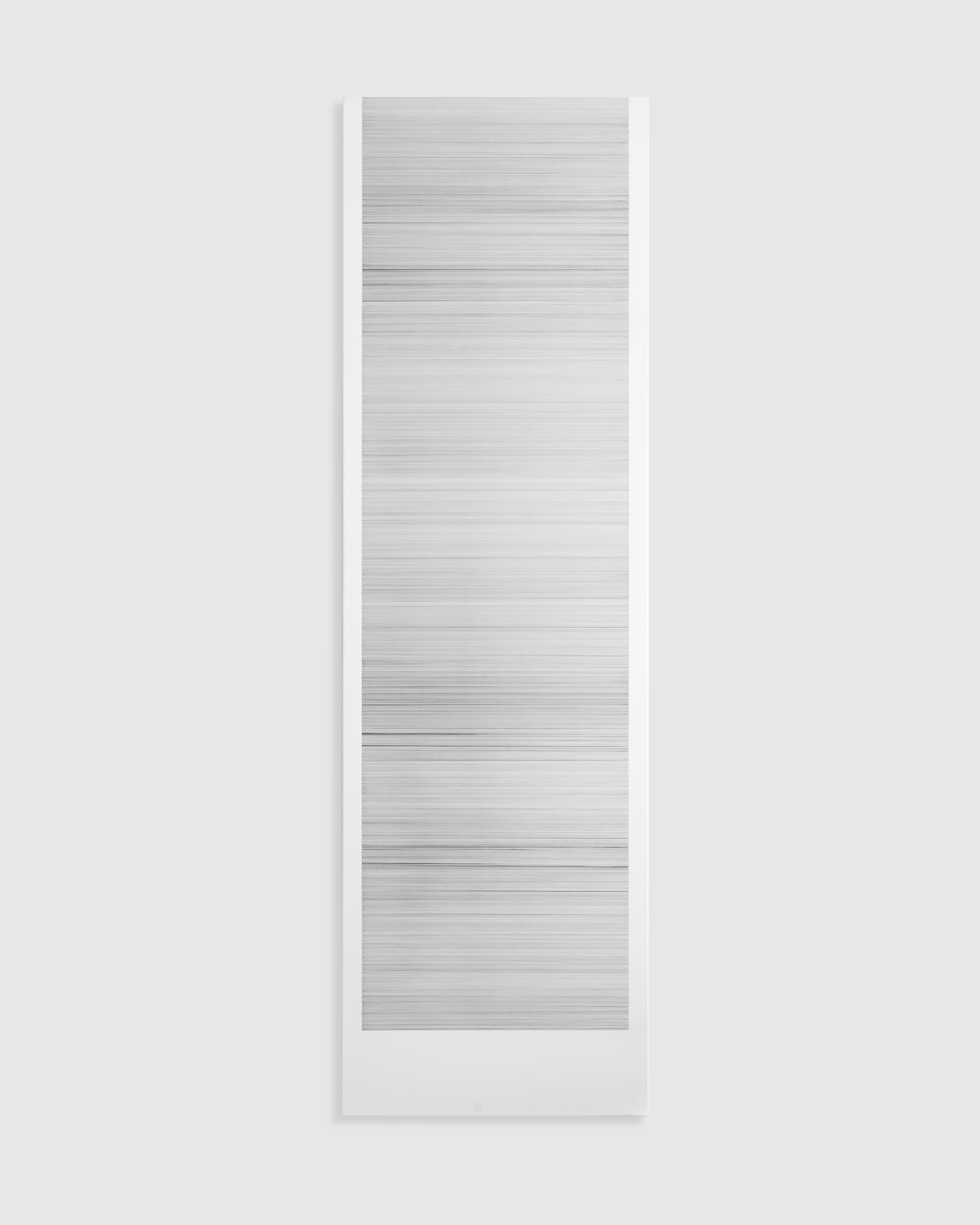
...pass like the traces of a cloud, II
2025
Pencil on stretched paper
200 x 60 cm
2025
Pencil on stretched paper
200 x 60 cm


Lost boys, sleep forever
2025
Oil-based ink on brass
200 x 60 cm
2025
Oil-based ink on brass
200 x 60 cm

In a dear embrace, salt lips touching
2025
Oil-based ink on brass
200 x 60 cm
2025
Oil-based ink on brass
200 x 60 cm
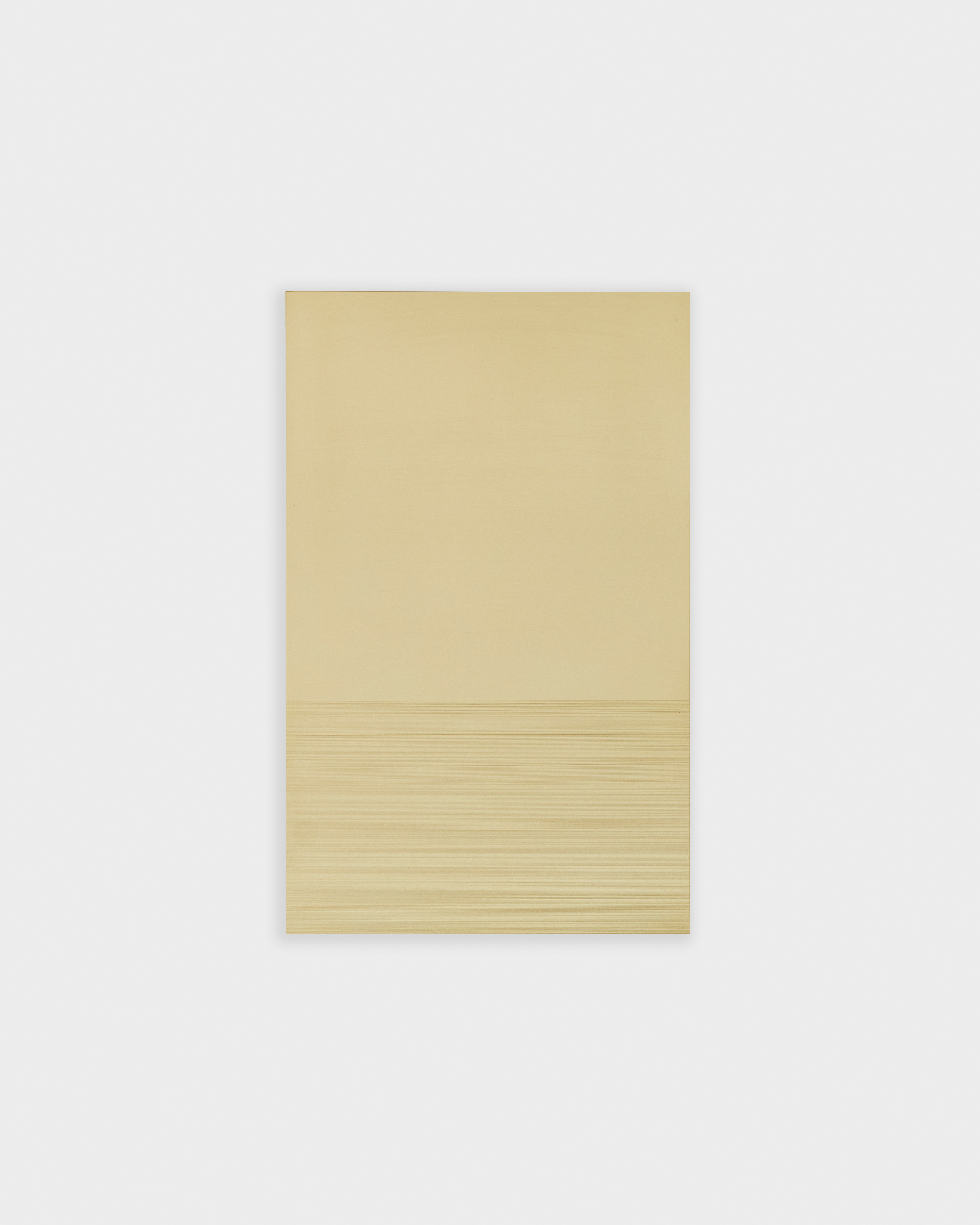
Halcyon days of youth
2025
Drypoint engraving on brass
38 x 24 cm
2025
Drypoint engraving on brass
38 x 24 cm
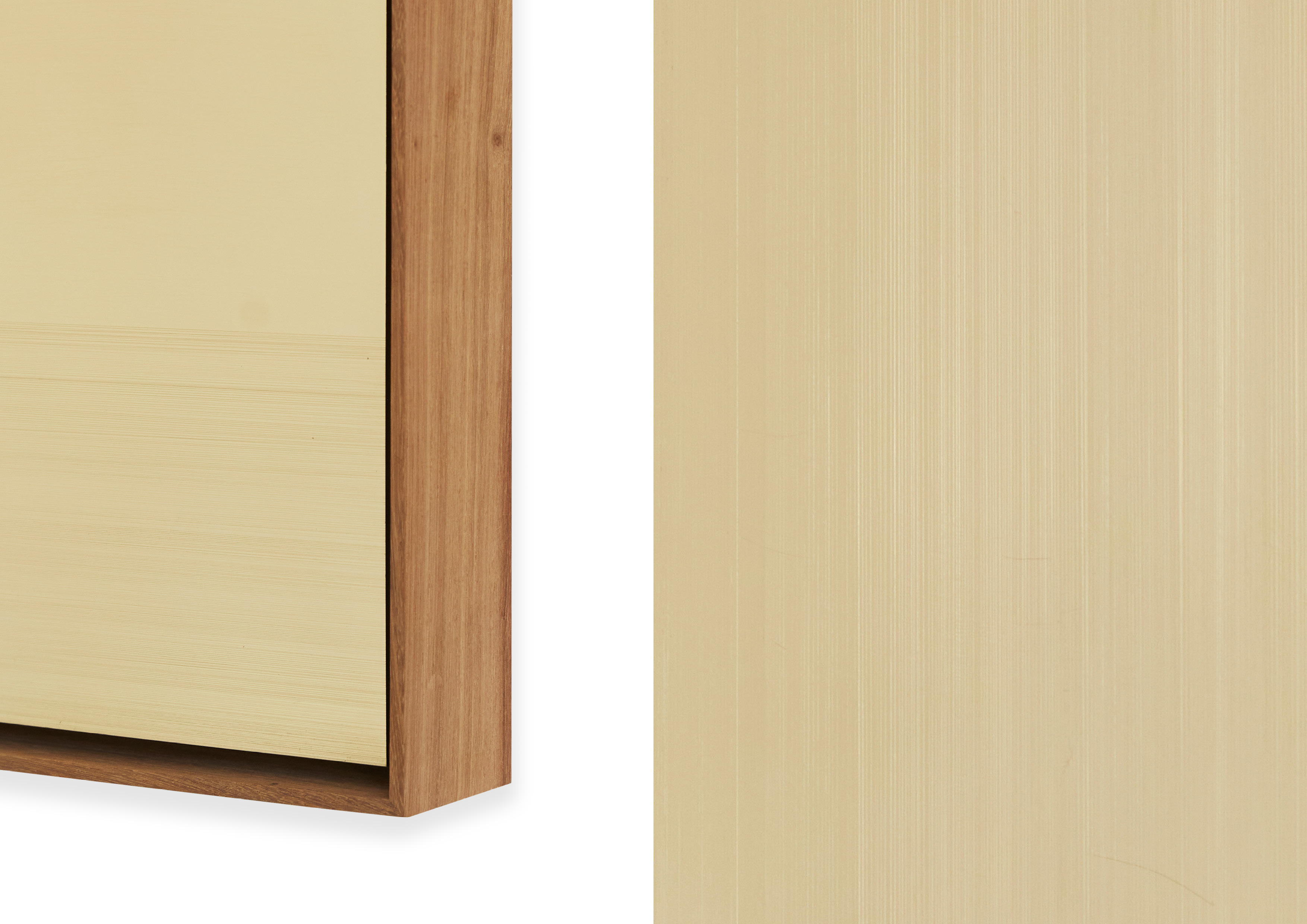
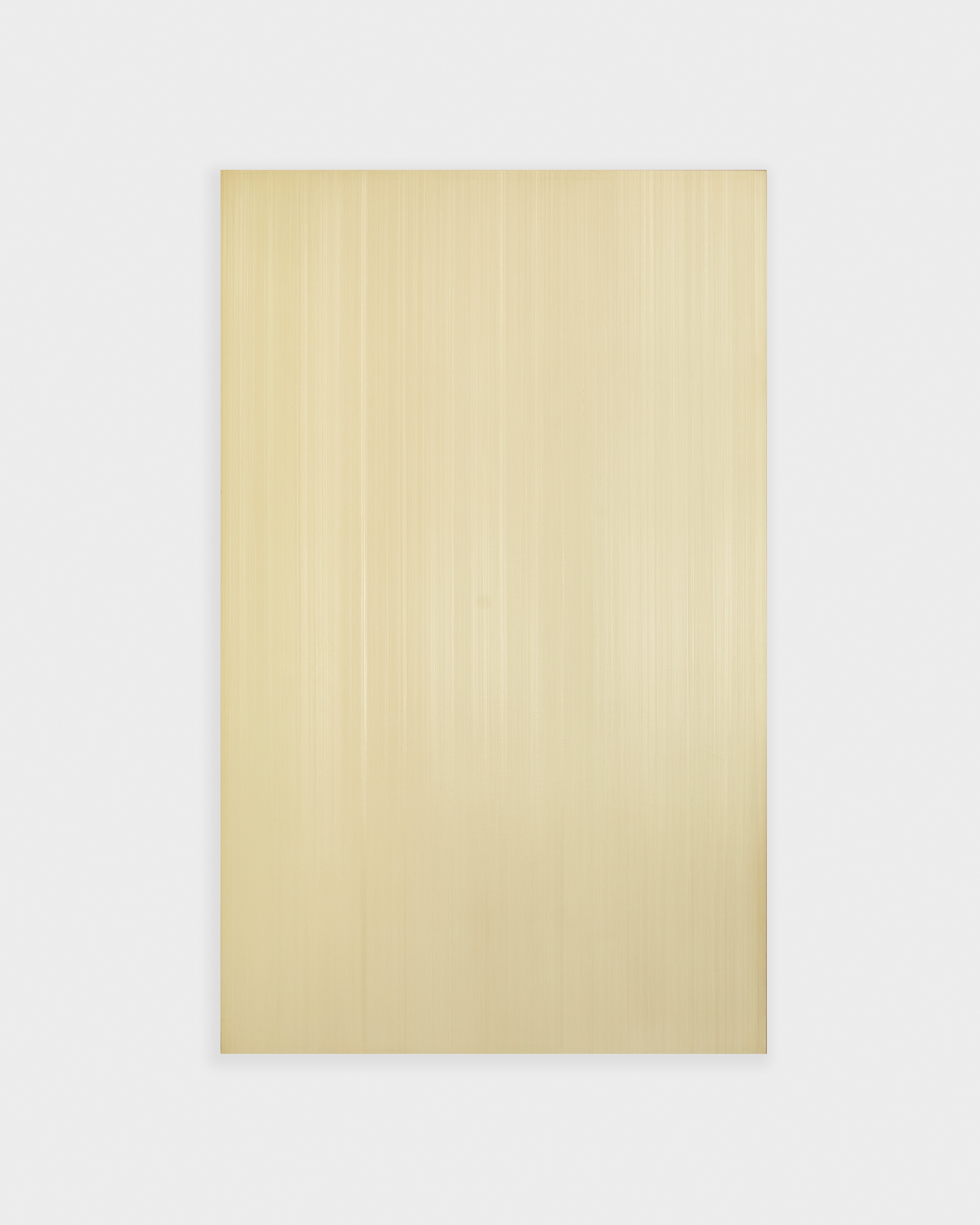
Across the still seabed
2025
Drypoint engraving on brass
64 x 40 cm
2025
Drypoint engraving on brass
64 x 40 cm
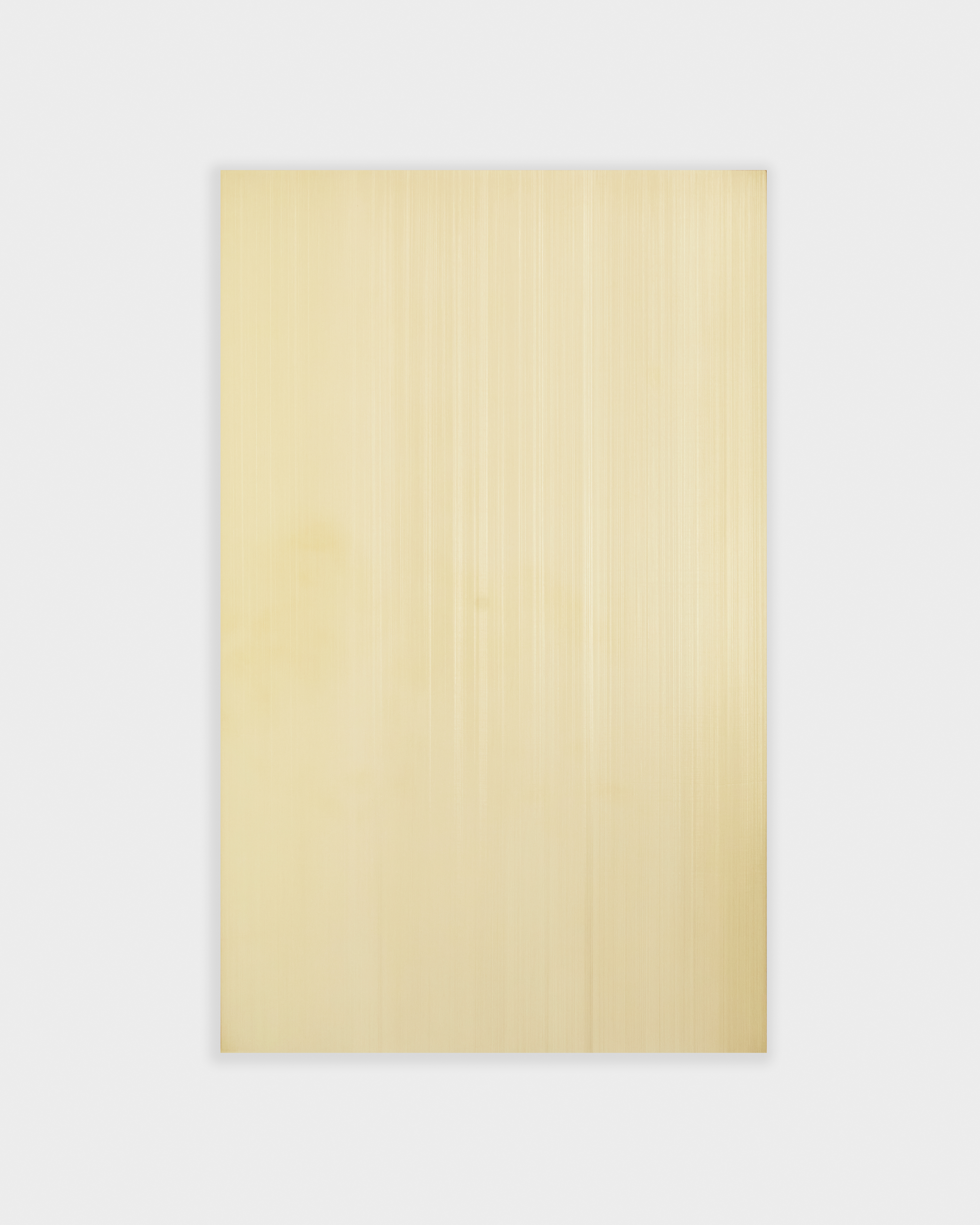
We lie there
2025
Drypoint engraving on brass
64 x 40 cm
2025
Drypoint engraving on brass
64 x 40 cm


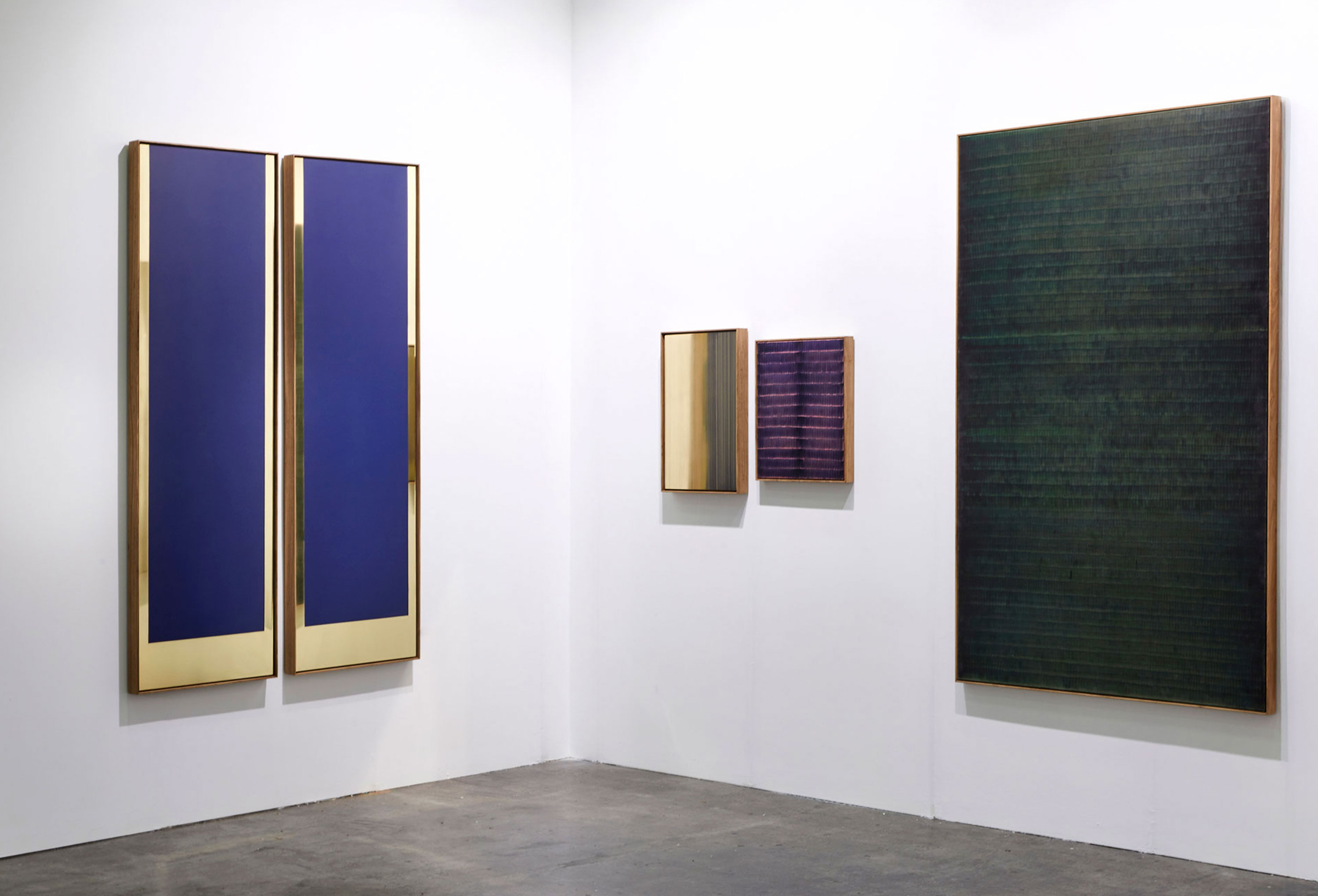
A Repeated Refrain
Collaborative exhibition with Cathy Abraham
Locus, SA (Cape Town Art Fair)
Collaborative exhibition with Cathy Abraham
Locus, SA (Cape Town Art Fair)
Those who contemplate the beauty of the Earth find reserves of strength that will endure as long as life lasts. There is symbolic as well as actual beauty
in the migration of birds, the ebb and flow of tides, the folded bud ready for spring. There is something infinitely healing in the repeated refrains of nature – the assurance that dawn comes after the night and spring after the winter.
Rachel Carson, The Sense of Wonder (1965)
Drawing into conversation works by Cathy Abraham and Morné Visagie, A Repeated Refrain traces the material and thematic resonances between their respective practices. The passage from Rachel Carson’s The Sense of Wonder (1965) serves as a touchstone in this engagement, its prose transcribing the real and metaphoric consolations of nature’s cyclical form.
To both artists, repetition offers a methodology of making: Visagie extending the seriality of printmaking to novel mediums, and Abraham pursuing a meditative and mystical repose in counting and repeated action. Both share a preoccupation with metals and minerals; both draw on the sea as image and invocation. In their paired practices, the ocean stands as a symbolic vessel of the unacknowledged, its unseen currents concealed beneath waves. Visagie’s reflections on sensuality and secrecy return to water as a meeting place for implied figures, a medium through which desire and despair travel as light does: slowing and refracting. However changeable the sea, he writes, however inconstant its moods, it “offers as imperfect parallel the image of the swimming pool and its attendant changing room, evoking a history of the queer body in art and literature.” In Abraham’s work, she transcribes with measured precision personal and collective sufferings that continue to cast their shadows, the many ‘ghosts’ of the past still felt in the present. Her scale drawings, however, are perhaps more hopeful than haunting, appearing to the artist as a vision of nature beyond humanity’s stain; “those oceanic depths – the midnight zones – where unstudied life thrives, insensible to our terrestrial presence.”
In this time of ecological precarity, the rhythm of the seasons is no longer assured as it once was. When Carson warned against the environmental devastation precipitated by pesticides in Silent Spring (1962), painting a vision of a future without birdsong, she did not imagine that spring itself might fail in keeping time, might begin to shift in date and character, might be all but eclipsed by unseasonable heat. But the sun continues to abide by its rhythm, the moon still travels in her orbit, and tides draw back and forth across the sands. To Abraham and Visagie, the contemplation of nature’s beauty – its persistence and fragility – is a restorative act, a movement towards individual, historical, and future healing that reaches for those “reserves of strength that will endure as long as life lasts.”
In A Repeated Refrain, Morné Visagie’s preoccupations assume a more elegiac tone, turning towards reflections on loss in its minutiae and magnitude. As a prelude to this movement, two works – Lost boys, sleep foreverand In a dear embrace, salt lips touching – stand as sombre monuments, both aquatinted brass plates inked a deep blue, their impressions left unprinted. That their titles are taken from Derek Jarman’s filmic poem Blue (1993) is telling. Visagie, too, is a student of blue, which spills across his oeuvre in all its shades and subtleties. Water, as an elemental and metaphoric medium, remains his central subject, and the precision of printmaking continues to inform his practice.
Four further works continue the vertical composition introduced by the first. Around the restrained simplicity of these rectangular forms, associations gather – of thresholds or doorways, of journeying from one place to another. To Visagie, they hold a memory of diving boards and poolside encounters. Any suggestion of sensuality, however, is tempered by the works’ implicit invocation of mortality. The phrase ‘walking the plank’, the artist suggests, offers a dark antonym to the diving board: condemned to death by drowning, thrown from ships on ocean crossings. That each rectangle measures the artist’s proportions cannot but recall the stone slabs on which the dead are laid or those that press down on graves, an impression most distinctly felt in The Middle Passage with its polished marble in variegated greens, the title of which refers to the transatlantic slave trade. Set against its faceted and saturated tones that bring to mind restless oceanic depths, a series of monochromatic pencil works on paper – ...pass like the traces of a cloud, I & II and (Against my broken ribs your breast like a flower) – are all measured stillness, composed of ruled lines and countless hours.
Three smaller brass-plate works with drypoint engravings – Halcyon days of youth, Across the still seabed, and We lie there – echo these striated pencil lines. Prepared as if to be inked and printed, yet unmarked by pigment, they gesture towards all that has gone unrecorded: the silences that haunt our histories, both individual and collective; archival absences described only in outline; memories that fade out into forgetfulness. Taken together, this communion of works, however varied in image and material, stands as a quiet memorial to the missing.
Written by Lucienne Bestall